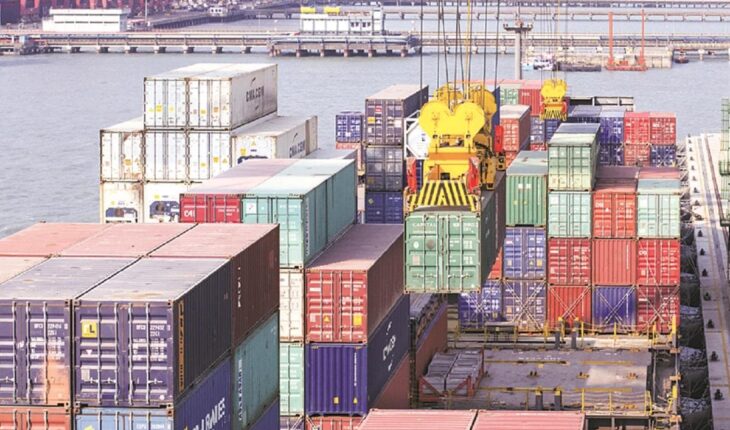India’s merchandise exports witnessed a modest rebound in April 2024, offering a glimmer of hope after a challenging 2023-24 marked by geopolitical and logistical disruptions. The country’s outbound shipments recorded $34.99 billion, a slight increase of 1.07% compared to the previous year. This uptick, amounting to $370 million, is a positive sign, yet it remains fragile. Of the top 30 export items, 17 experienced year-on-year declines, up from 13 in the preceding month.
Notably, this growth comes against a weak base—April 2023 saw a 12.7% decline in exports, with 20 of the top 30 items showing decreased values. The minor growth last month was propelled by pharmaceuticals, chemicals, electronics, and notably, petroleum products, which rebounded from a 35% contraction in March, aided by rising global oil prices. However, this recovery was offset by a surge in oil and gold prices, pushing India’s import bill up by 10.25% to over $54 billion.
Consequently, April’s trade deficit soared to a four-month high of $19.1 billion, a 22.5% increase from March. If the OPEC+ decides to extend output cuts in June, oil prices could reach $100 per barrel. Additionally, a persistent global rush to gold as a safe haven may drive prices higher, further straining India’s trade balance and the rupee. The World Trade Organization projects a 2.6% rise in global trade volumes this year, following a 1.2% decline in 2023.
The Indian government is optimistic that key western markets will experience lower inflation and improved growth rates, boosting demand. However, India must refine its strategy to capitalize on this potential upswing, ensuring broad-based economic gains. Agricultural exports, currently restricted to combat inflation, should be rejuvenated. The incoming government must act swiftly to invigorate export growth and maintain manageable trade balances. By addressing these challenges, India can harness the potential of global trade recovery to foster domestic economic wealth.






